Horse Manure Magic
mendopete
9 years ago
Featured Answer
Comments (26)
klem1
9 years agonexev - Zone 8b
9 years agoRelated Professionals
McKinney Landscape Contractors · Bristol Landscape Contractors · Cornelius Landscape Contractors · Lake Worth Landscape Contractors · Seymour Landscape Contractors · Watertown Landscape Contractors · Wayland Landscape Contractors · Weymouth Landscape Contractors · Winchester Center Stone, Pavers & Concrete · Arizona City General Contractors · Duncanville General Contractors · Hillsborough General Contractors · Ken Caryl General Contractors · Saginaw General Contractors · Shaker Heights General Contractorshummersteve
9 years agochuckiebtoo
9 years agomendopete
9 years agoequinoxequinox
9 years agoequinoxequinox
9 years agoFrancoiseFromAix
9 years agosbryce_gw
9 years agochuckiebtoo
9 years agosbryce_gw
9 years agonexev - Zone 8b
9 years agoequinoxequinox
9 years agoUser
9 years agonexev - Zone 8b
9 years agoShaul
9 years agonexev - Zone 8b
9 years agoUser
9 years agoShaul
9 years agochuckiebtoo
9 years agoShaul
9 years agoUser
9 years agonexev - Zone 8b
9 years agohotzona
7 years agorayzone7
7 years agolast modified: 7 years ago
Related Stories

GARDENING GUIDESThe Poop Scoop: Enrich Your Soil With Good Old Manure
Get over the ick factor already — this natural super-ingredient for soil has so many benefits, you'll wonder why you ever went chemical
Full Story
UPHOLSTERYSlipcover Magic: Casual, Washable and Fresh for the Season
Reinvent your sofas, chairs and ottomans with surprisingly chic and versatile slipcovers
Full Story
GREEN BUILDINGJust Add Water: Rain Barrel Magic
Take your rainwater storage from practical to beautiful with a new breed of design-friendly rain barrels
Full Story
FIREPLACES10 Ways to Create Mantelpiece Magic
From modern mantels to traditional fireplace toppers, these tips have you covered
Full Story
HOUZZ TOURSHouzz Tour: A Ranch House Is Reborn in a Los Angeles Canyon
Can you get back to nature in the heart of an urban mecca? This family — and their horses, dogs and chickens — did just that
Full Story
HOUZZ TV FAVORITESHouzz TV: Animals, Love and Color on a Florida Farm
Farm-fresh style is just right for this family of 6 — and their horses, dogs, cats, chickens, zebus, birds and pig
Full Story
FARMHOUSESHouzz Tour: Rugged Charm for a Washington Farmhouse
Horses sidle close to this rustic home and guest cottage, which keep the pastoral pace with generous wood and simple forms
Full Story
FARMHOUSESLight-Filled Artist’s Studio in the Pennsylvania Countryside
An architect creates a soaring space for a still-life painter that references the area’s history and her passion for horses
Full Story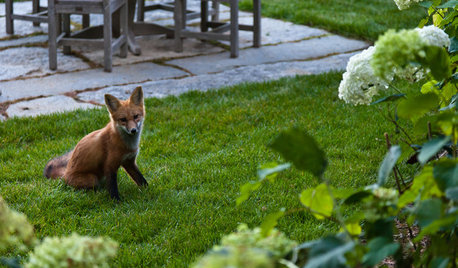
FUN HOUZZThe Cutest Darn Animals on Houzz
You might end up admiring these horses, goats, llamas and more until the cows come home
Full Story





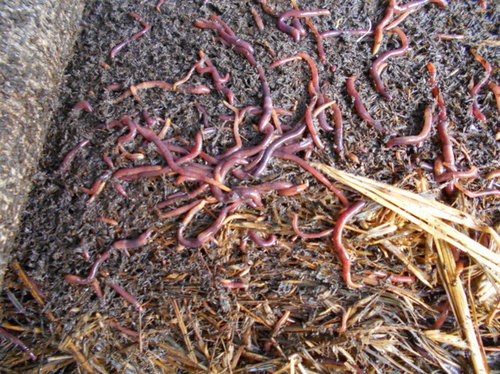
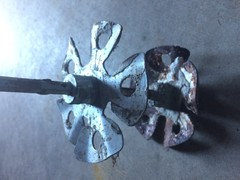
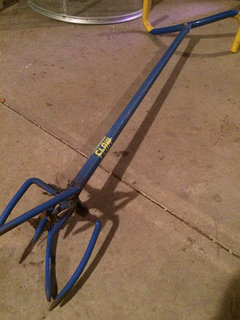
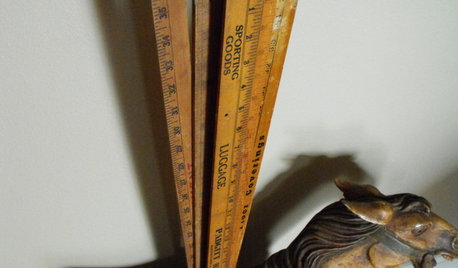
charitycomposter